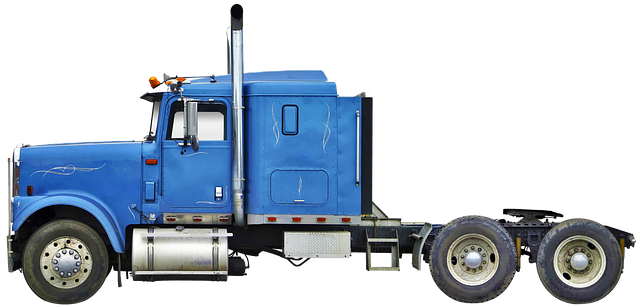Looking to register your car in California? This comprehensive guide walks you through the process step-by-step. First, understand the state’s unique car registration requirements for both new and used vehicles. Next, gather essential documents for a seamless VIN (Vehicle Identification Number) verification process—a crucial step in ensuring compliance. Learn how to perform this check effectively. Then, choose your preferred registration method and submit your application along with fees. Master these steps for a successful California car registration experience, ensuring your vehicle is legally on the road.
- Understand California Car Registration Requirements
- Gather Necessary Documents for VIN Verification
- Perform Vehicle Identification Number (VIN) Check
- Select A Preferred Registration Method
- Submit Application & Pay Fees For Car Registration
Understand California Car Registration Requirements

Before registering your car in California, it’s crucial to understand the state’s specific requirements. Unlike some other states, California mandates a thorough process that involves more than just filling out paperwork. One critical step is verifying the Vehicle Identification Number (VIN). This process ensures the vehicle’s history and authenticity, which is essential for safety and security.
A mobile VIN verifier or a professional vin inspection service can play a significant role in this phase. These services offer convenient and accurate VIN verification, allowing you to confirm your car’s details before submitting your registration application. By ensuring your car meets all standards and has no outstanding issues, you can streamline the registration process, making it faster and less stressful for both you and the California Department of Motor Vehicles (DMV).
Gather Necessary Documents for VIN Verification

Before heading to the California Department of Motor Vehicles (DMV), ensure you have all the essential documents for VIN (Vehicle Identification Number) verification. This process is crucial to establish ownership and authenticate your vehicle’s history, especially when transferring titles or registering a new purchase. Gather the following:
1. The vehicle’s title, if applicable, which displays the current owner’s information.
2. Your valid driver’s license or state-issued ID card.
3. Proof of residency in California, typically through a utility bill or lease agreement.
4. The previous owner’s signature and date on the back of the title (if transferring ownership).
5. For a mobile vin inspection or using a mobile vin verifier, have your vehicle’s VIN readily available. This unique identifier is usually located on the dashboard near the driver’s side door or under the hood.
Perform Vehicle Identification Number (VIN) Check

Before registering your car in California, it’s crucial to perform a Vehicle Identification Number (VIN) check. This step is essential for ensuring that the vehicle you’re about to register is genuine and hasn’t been reported stolen or has any outstanding issues. A mobile vin verifier or a professional vin inspection can help you verify the VIN by checking against national databases to confirm its history.
By conducting this simple process, you can avoid potential problems down the line. In California, a valid VIN verification ensures that your vehicle complies with all legal requirements for registration. Whether you’re buying a used car or transferring ownership, taking the time to complete this step will make the registration process smoother and protect you from any unexpected complications.
Select A Preferred Registration Method

When registering your car in California, you have a few options to choose from when it comes to selecting your preferred registration method. One popular and convenient choice is to utilize the mobile vin inspection or mobile vin verification service. This allows you to get started on the process from the comfort of your own home or even while you’re on the go.
By opting for a mobile vin verifier, you can ensure that the vehicle’s history is thoroughly checked through a comprehensive vin verification process. This includes cross-referencing the vehicle identification number (VIN) with various databases to establish its authenticity and condition. It’s an efficient way to streamline the registration procedure and avoid potential issues later on.
Submit Application & Pay Fees For Car Registration

After gathering all your necessary documents, it’s time to submit your application for car registration. This involves filling out the appropriate forms and providing essential details about your vehicle and its history. A key step in this process is the vin verification, where you’ll need to ensure that the vehicle identification number (VIN) on your car matches the one listed in the documentation. You can facilitate this with a mobile vin verifier or conduct a vin inspection yourself.
Once your application is complete, you’ll be required to pay the associated fees for car registration. These fees vary depending on factors like the type of vehicle and its age. After successfully submitting your application and paying the necessary fees, you’ll receive your official car registration documents in the mail. Keep these records handy as they are essential for future reference and proof of ownership.
Registering a car in California involves understanding state requirements, gathering essential documents for VIN verification, and selecting a preferred registration method. After performing the necessary VIN check and submitting your application with the required fees, you’ll be on your way to legal vehicle ownership in the Golden State. Remember to keep your documentation up-to-date to ensure a smooth and compliant car registration process.
